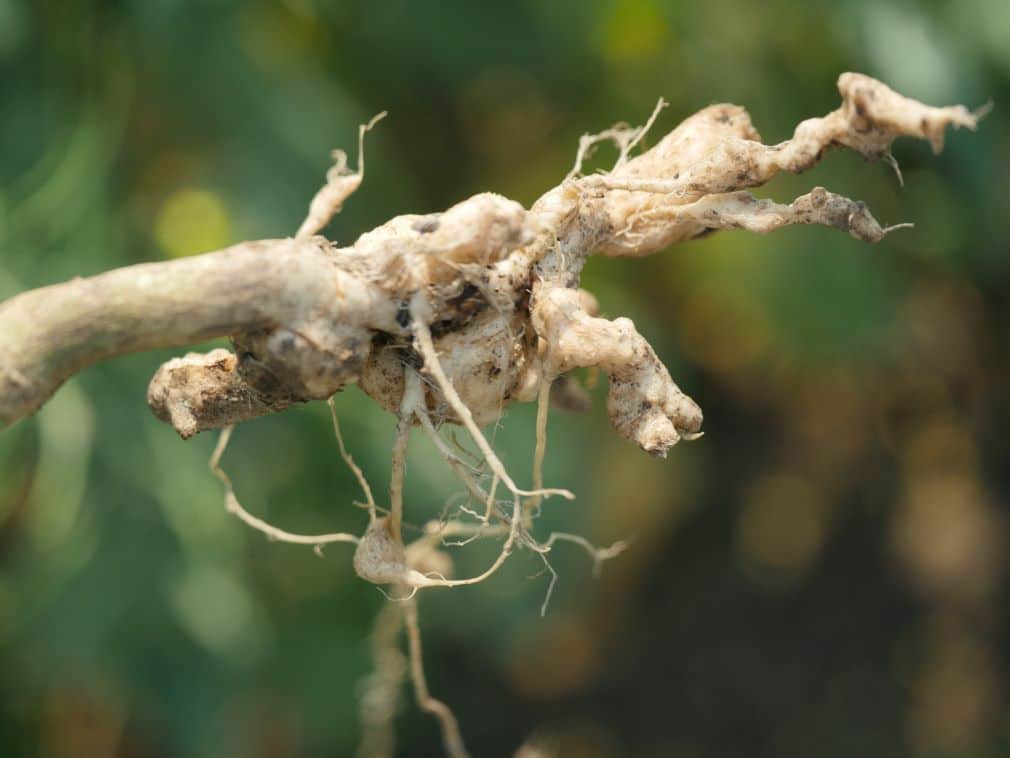Key Result
More than ten Brassica napus lines highly resistant to the clubroot pathotype 5X, and five to pathotypes 3A, 2B, 3D and 5X were identified in the project. One of the best lines has been distributed to canola seed companies and several double haploid (DH) segregating populations are under development.
Project Summary
Recent emergence of new clubroot pathotypes and the erosion of clubroot resistance (CR) is of concern. The most efficient way to develop canola resistant to new pathotypes is to identify resistance in the species and then transfer resistance into elite canola breeding lines by intraspecific crosses.
The aim of this three-year project was to identify new sources of B. napus for resistance to the pathotype known as 5X, map clubroot resistance (CR) genes and develop markers tightly linked to the genes for use in marker-assisted breeding. A total of 845 B. napus lines collected worldwide were tested for resistance to pathotype 5X. In addition, a total of 53 B. napus with different levels of resistance to pathotype 5X were screened against three new pathotypes 3A, 2B, and 3D based on the Canadian Clubroot Differential (CCD) in 2017, and five B. napus lines highly resistant to the new pathotypes were identified. Three out of these five lines were found to be resistant to all of the new pathotypes used for this study. One of the best resistant lines has been distributed to canola seed companies for incorporation into elite canola breeding lines.






